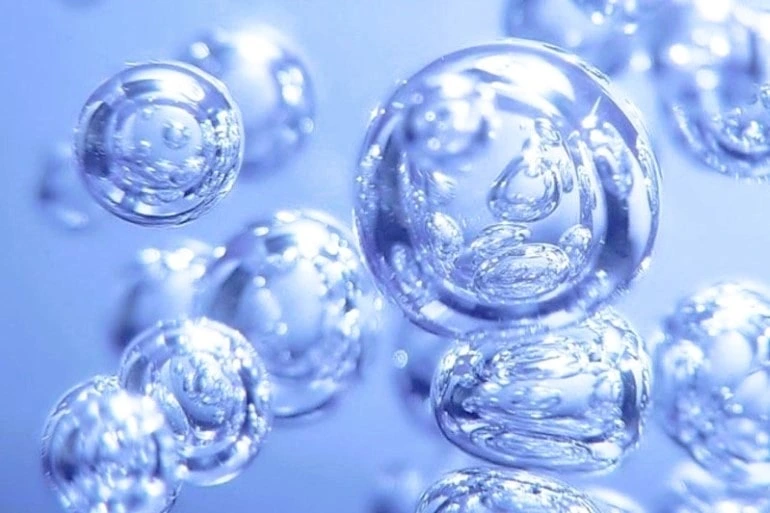Ozone Therapy

Is the administration of ozone gas into the body to help the body to fight infections, improve blood circulation and support the immune system.
Ozone is an active form of oxygen that contains three oxygen atoms, not the two that we normally breathe. Ozone is toxic if inhaled, but very beneficial to the body if it enters the bloodstream.
Ozone is a very flexible therapy and can be applied in different ways depending on the need. The clinical use of ozone depends on the ozone concentration and volume. The most powerful method is called autohemotherapy, in which a small amount of the patient's blood is taken and mixed with ozone and then re-introduced to the patient's body (muscle tissue or vein).
Applications of ozone
There are three most popular applications of ozone in alternative medicine:
- Ozone has a strong antimicrobial effect against bacteria, viruses and fungi and is therefore widely used for conditions such as herpes, ringworm, hepatitis, Lyme disease, common cold and so on.
- Ozone improves blood circulation; it has long been used for both external and internal use. Ozone is used to improve diabetic ulcers, burns, ulcerative proctitis/colitis, post-stroke and various age-related conditions. It provides a lot of oxygen to the mitochondria and increases the level of energy.
- The immune system is very sensitive to ozone therapy and various concentrations of ozone. Ozone can stimulate, reduce or suppress the body's defence mechanisms. Such effects may be beneficial in autoimmune, cancerous, and infectious diseases.
Types of ozone therapy
Ozone is used for external and internal procedures:
- Bagging or cupping;
- In the form of ozonated oil;
- Different kinds of insufflation (nasal, ears, rectal, vaginal);
- Subcutaneous (SC) or Intramuscular (IM) ozone injections;
- Intravenous (IV) ozone therapy.
Overview of Popular Therapies
- Minor autohemotherapy (MiAH). Preferably once or twice a week, the practitioner draws a minimal amount of blood (2ml-5ml), mixes it with ozone, and injects it back into the patient's gluteal muscle. Ozone provides cells and tissues with oxygen and also eliminates pathogens. This method is known to have a profound effect on acne, allergies, various skin diseases and chronic neurological disorders. It usually takes about 5-10 treatments to fully assess its potential.
- Large autohemotherapy (MAH). For best results, 60ml-120ml of blood is drawn, mixed with ozone, and re-infused intravenously over 45-60 minutes two or three times a week. This therapy option is known to improve macular degeneration, rheumatoid arthritis, gout, Lyme disease, and cancer. Within 2-10 weeks, 5 to 10 treatments may be recommended.
- Neural therapy combined with tissue ozone injections. Improving the state of colloid formations. Monthly injections for 3-4 months may be recommended.
- Nasal/rectal/vaginal infusions. Can be done more frequently than other procedures (excluding bagging). They are the most affordable types of ozone therapy that you can do at home on your own. To do this, patient needs to periodically fill a special bug in the office. The concentration and volume of ozone increases gradually depending on individual characteristics and conditions. Infusions can be combined with other ozone therapies for greater effect.
- Bagging. Cutaneous effect on extremities in poorly healing ulcers, diabetic ulcers, and topical infections. 1 time per day for 30 minutes, up to 3 times a week. The total duration of the course is up to 4 weeks. The number of procedures depends on the severity of the condition and on the effect after the first therapy sessions. The ozone concentration gradually increases or decreases after each treatment depending on the condition.
- Ozonated oils. The appalling topically can be useful for numerous conditions: joint health, dermatitis, eczema, acne, infected fair follicle, toenail fungus, and psoriasis.
Here are some conditions for which it is commonly used:
-
Autoimmune Conditions:
- Crohn's Disease
- Hashimoto's Thyroiditis
- Lupus
- Multiple Sclerosis
- Rheumatoid Arthritis
-
Infectious diseases:
- Lyme disease
- Herpes
- Infections of all kinds
-
Blood circulation and oxygenation issues:
- Heart disease
- Post-stroke and post-infarct
- Diabetes Type 1
- Skin Issues (infections, circulation-related problems, autoimmune conditions).
-
Others:
- Chronic Fatigue and Fibromyalgia
- Heavy Metal Toxicity
- Inflammatory Conditions
- Joint Problems
- Oncological problems
- Services
- Therapies
- Conditions